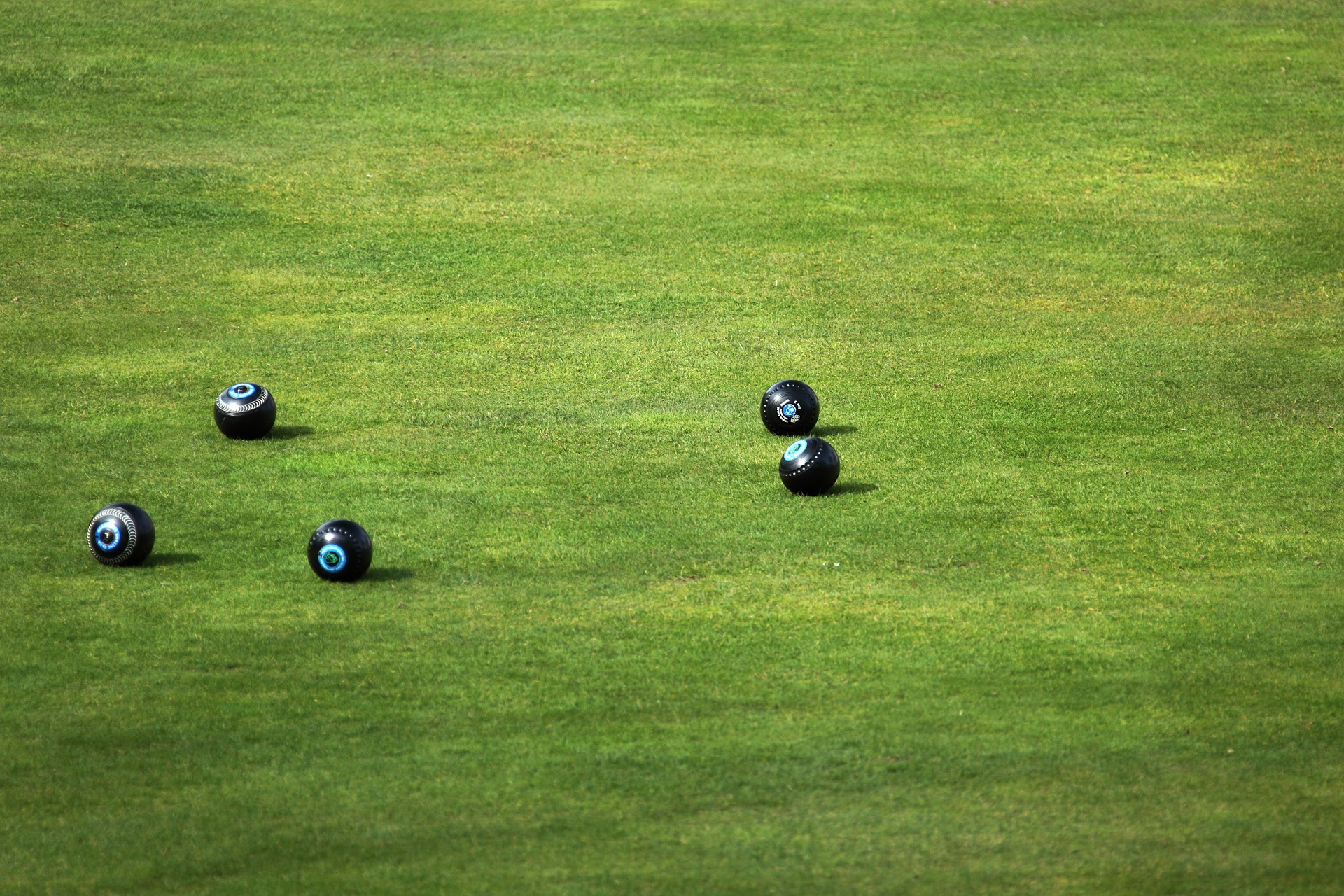A Beginner's Guide to Lawn Bowling

While lawn bowling may seem like a simple sport, it's more than just rolling a ball to the target as accurately as possible in order to have the closest one. It actually requires a presence of mind and concentration because the balls in this game are not round and are designed to travel a curved path. Despite this, lawn bowling has been hailed as a relaxing game for centuries and can be a lot of fun to play!
The History and Origins of the Game
It's believed that lawn bowling was played as far back as the 12th century. It was popular all over Europe throughout history, especially in England. This was because it doesn't require a lot of physical stress and during times of war, lawn bowling could be a stress-reliever.
- Lawn bowling was banned by the king and Parliament at one point because they feared that it would jeopardize the practice of war-related sports.
- The first lawn bowling association was established in the late 1800s. It's called the National Bowling Association.
- Today, more than 50 countries participate in international lawn bowling competitions.
Lawn Bowling Equipment
Lawn bowling is a fairly simple game that doesn't take a lot of equipment to get started, but each piece is absolutely necessary to the game.
- The Balls: These balls come in a set of four and are not perfectly round, so they curve when they are rolled.
- The Jack: This small white ball is rolled to the other end of the playing field to become the target.
- Measuring Tape: In some cases, it may be difficult to tell which player's ball is closest to the jack, so a measuring tape can come in handy to show who the winner is.
- Score Cards: Every lawn bowling club has a different layout for their score card, but all of them will show who's playing and a running score for each team.
Rules of the Game
The most important rule in lawn bowling is to get your ball as close to the jack as possible. Since the balls aren't round, they travel in a curved path that isn't always predictable, so it takes a little bit of extra effort to get them where they need to go.
- Before throwing the ball, the player should hold onto it firmly in their hand and position the middle finger against the edge of the ball for the best possible grip.
- The playing area for the game will be marked off as a rectangle called a rink. A rolled ball may curve outside of the rink, but it must stop within the boundary to remain in play.
- A ball that falls into a ditch is treated as a dead ball and is removed unless it touches the jack first.
- Balls that touch the jack are called touchers and are marked with white chalk.
- After all of the balls are rolled, the distances between the jack and the balls are measured and points are added up.
Scoring
There is no one perfect scoring system used for all lawn bowling organizations and tournaments. For the most part, scores are not counted until all of the balls have been played.
- A team typically gets 1 point for every ball that is closer to the jack than the opponent's closest ball.
- Games are usually played to 21 or 25 points depending on the local tournament rules.
Winning
In a singles game of lawn bowling, the first player to score 21 points is considered the winner, but in doubles or triples, a team may be declared the winner if the have the most points after a set number of rounds.
- After all of the balls have been rolled, they are collected and the game is played again in the opposite direction.
- Careful and exact measurements are necessary to get the most accurate scores.
Additional Resources
- Lawn Bowling Rules
- Rules of Lawn Bowling
- Lawn Bowling Techniques
- Lawn Bowling Tips and Rules
- Lawn Bowling Etiquette
- Rules of Sports: Lawn Bowling
- Lawn Bowls: How to Play, Etiquette, Strategy, and Rules
- Lawn Bowling
- Rules of the Game
- How to Lawn Bowl
- Lawn Bowling Tactics
- Equipment List
- The Game of Lawn Bowling: How the Game Is Played
- The History of Lawn Bowling
- Lawn Bowling Terminology
- Lawn Bowling Instructions
- Hints for a Pleasant Game
- The Rules of Lawn Bowling
Edited by: Ben Thompson

